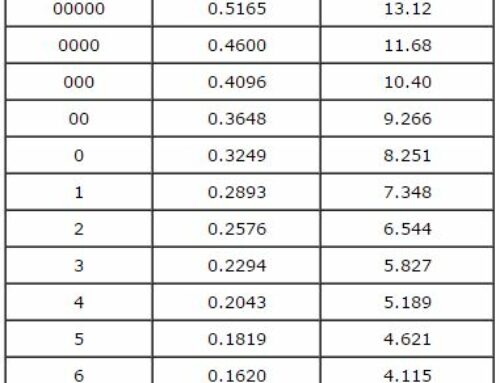For this method of testing gold that you suspect of being 10 karat value gold or less, you will test it much the same way you test gold non-destructively with the scratch test. The only difference is that you would cut the metal of the unknown gold piece and open it so you can scratch the metal inside the piece against the testing stone instead of the surface metal. Remember, you should only use this test if you are unsure of the results you got from the basic streak test initially or suspect the metal is 10 karat gold or less because the streak faded but not completely with the application of acid.
This being said, it is important that you try to limit destructive testing as much as possible to items that either have little aesthetic value, or it can be easily repaired. And you should always be sure to ask for your customer’s permission before performing a destructive test on one of their items.
Tools Needed:
- A jewelry cutter
- A jeweler’s pliers
- A testing stone
- An optional jeweler’s loupe or other magnification device
- And 14 karat gold testing acid
Step 1
Take your jewelry cutters to cut through the metal so you have an opening in the piece of gold. This may take several tries to create an opening if the metal is particularly thick or heavy.
Step 2
Once you have a cut all the way through the metal, take your jewelry pliers and pull the metal apart to open the gap. Continue prying the metal apart until the gap is wide enough or positioned so that you can rub the inside portion of the metal against the testing plate to create a streak like you did before with the outside surface of the metal.
Step 3
Rub the inside section of the metal piece directly against the surface of the testing stone so that it leaves a mark on the testing stone. Press firmly on the testing stone to leave a thick and visible deposit that you can test accurately. The mark should be about 1 to 1 1/2 inches long.
Step 4
Drop a drop or two of the 14 karat acid onto the scratch mark you made with the inside metal of the suspected 10 karat metal piece. Observe the reaction. You are watching to see if some sort of green bubbles appear where you applied the acid to the metal marking. Sometimes you may need a jeweler’s loupe to observe the acid reaction and see if there are actually green bubbles, you can also blot the acid with a white tissue or napkin to better observe the color of the reaction bubbles which will give you better viewing contrast than a gold background.
- If the mark immediately begins to bubble profusely with very green bubbles the item is either gold filled or gold plated with copper, nickel or a brass alloy composing most of the metal content of the piece. This is also a common reaction for gold that is 7 karat gold or less.
- If after 10 seconds, there are only a few green bubbles on the scratch mark on the testing stone, the item is most likely 9 karat gold. Be aware that 10 karat white gold will bubble green very slightly when the 14 karat acid is applied due to the high nickel alloy, so if the metal is white you will have to be cautious in your identification of the metal.
- If after 10 seconds, there are a number of green bubbles on the mark, the item is going to be about 8 karat gold.
- If the scratch mark turns brown immediately and after 10 to 15 seconds of observation there are no green bubbles the item is a true 10 karat gold.





Leave A Comment